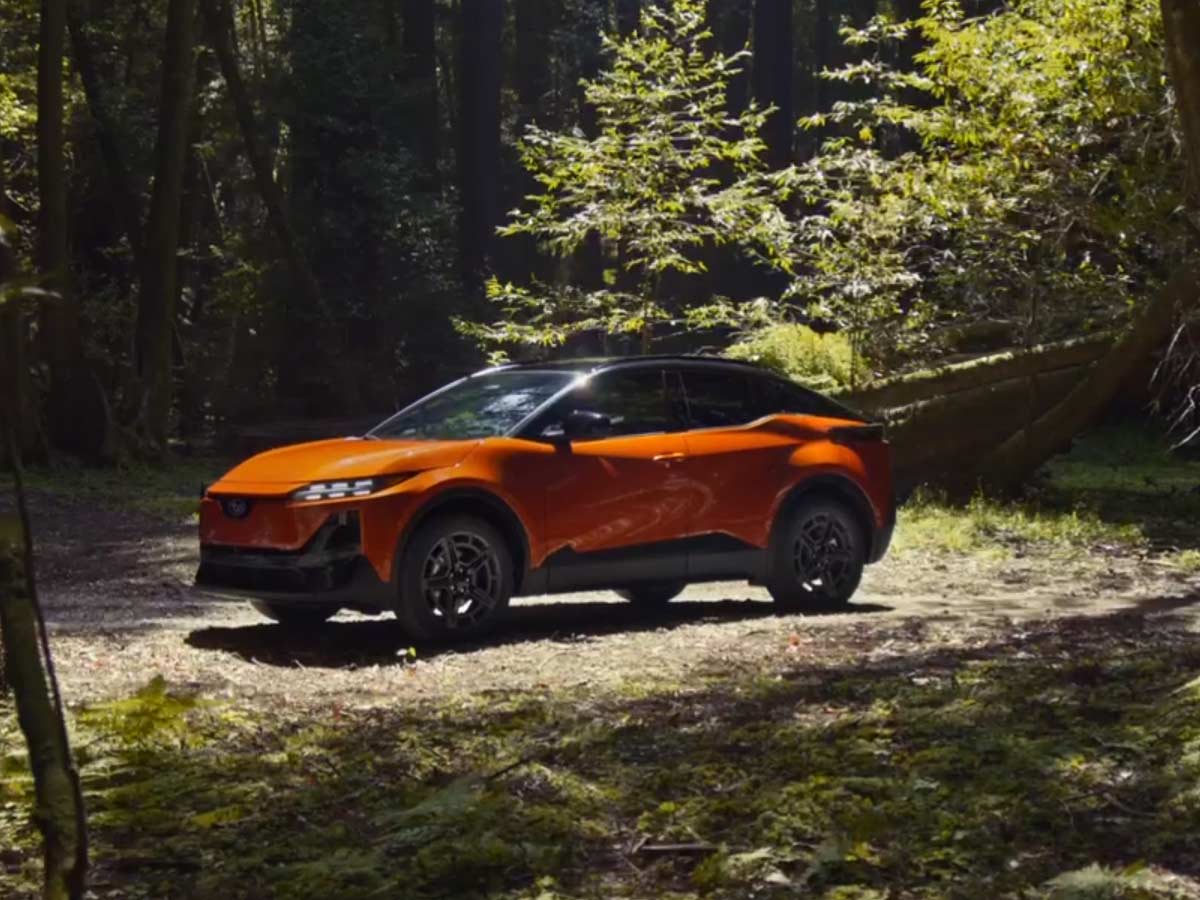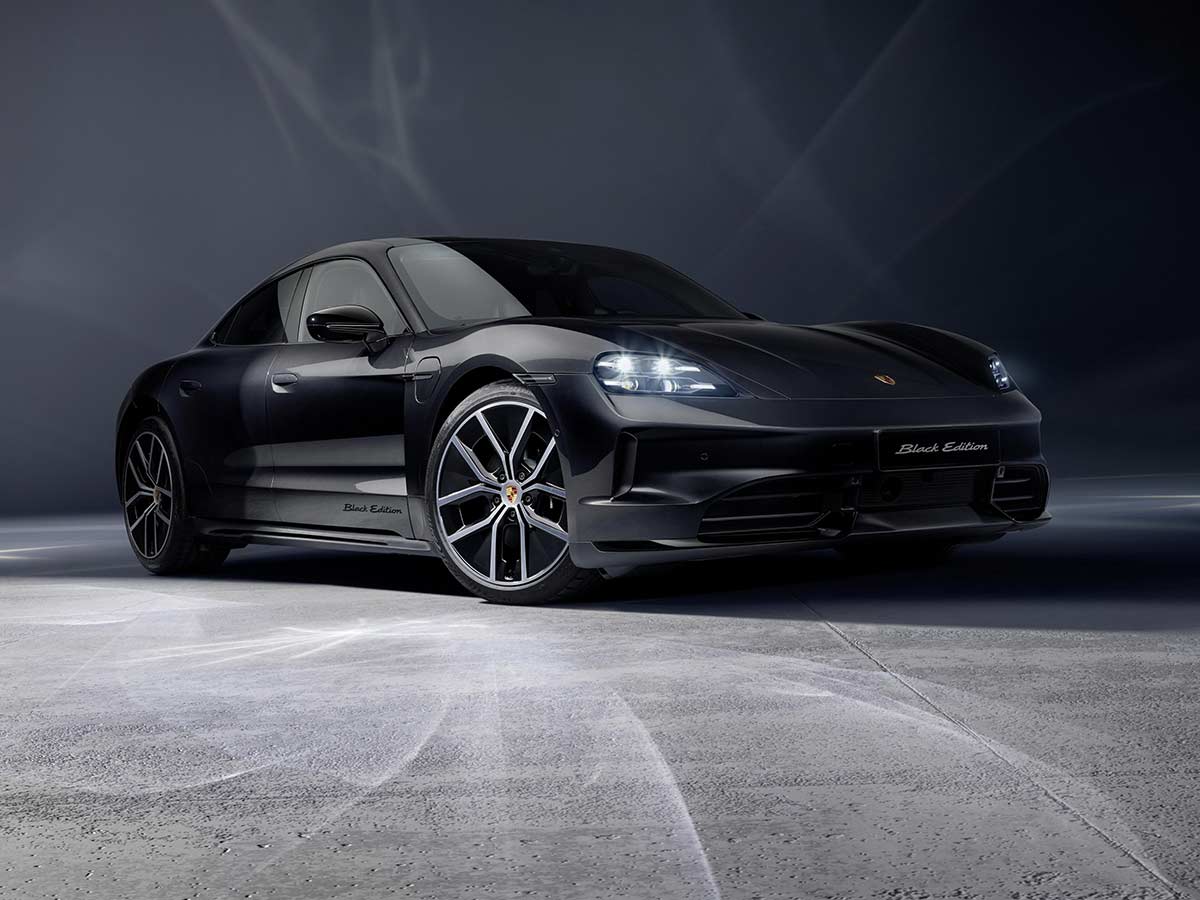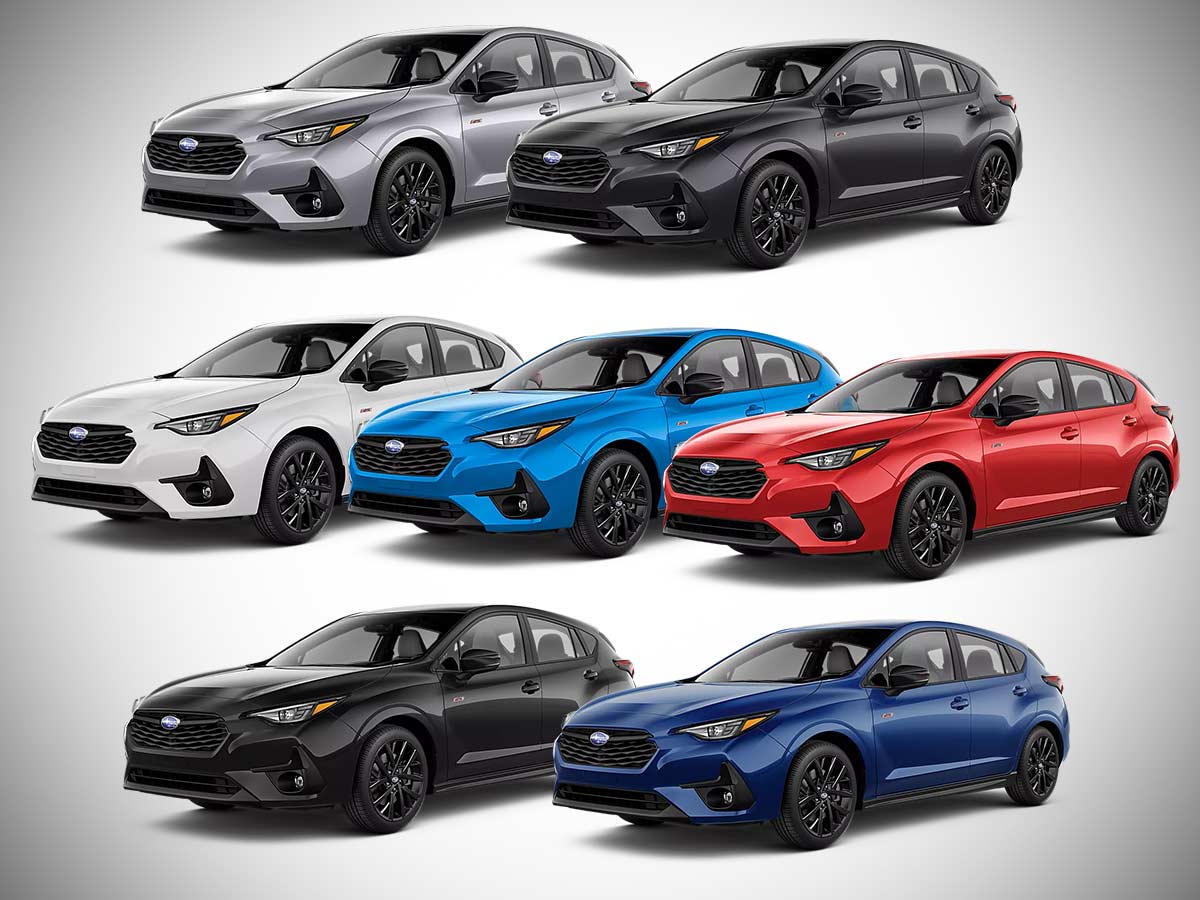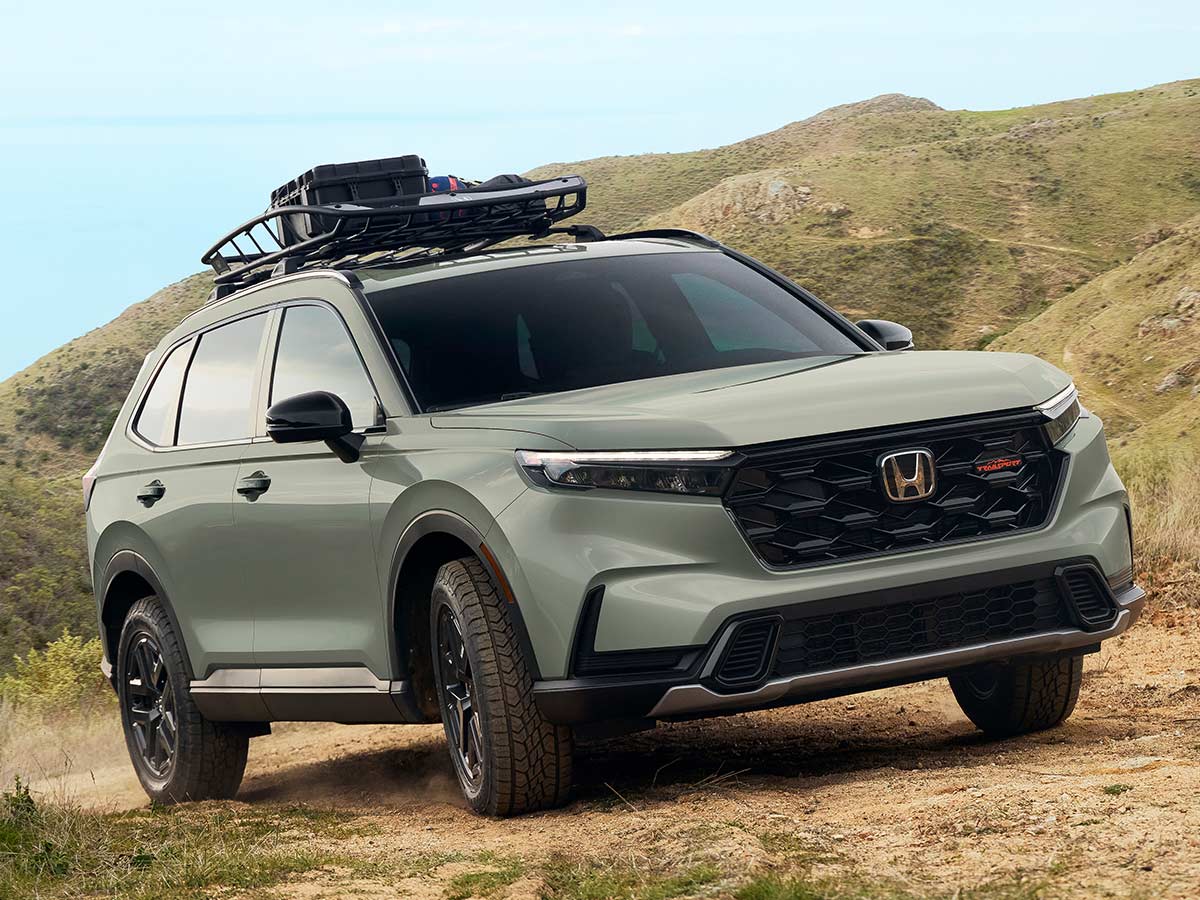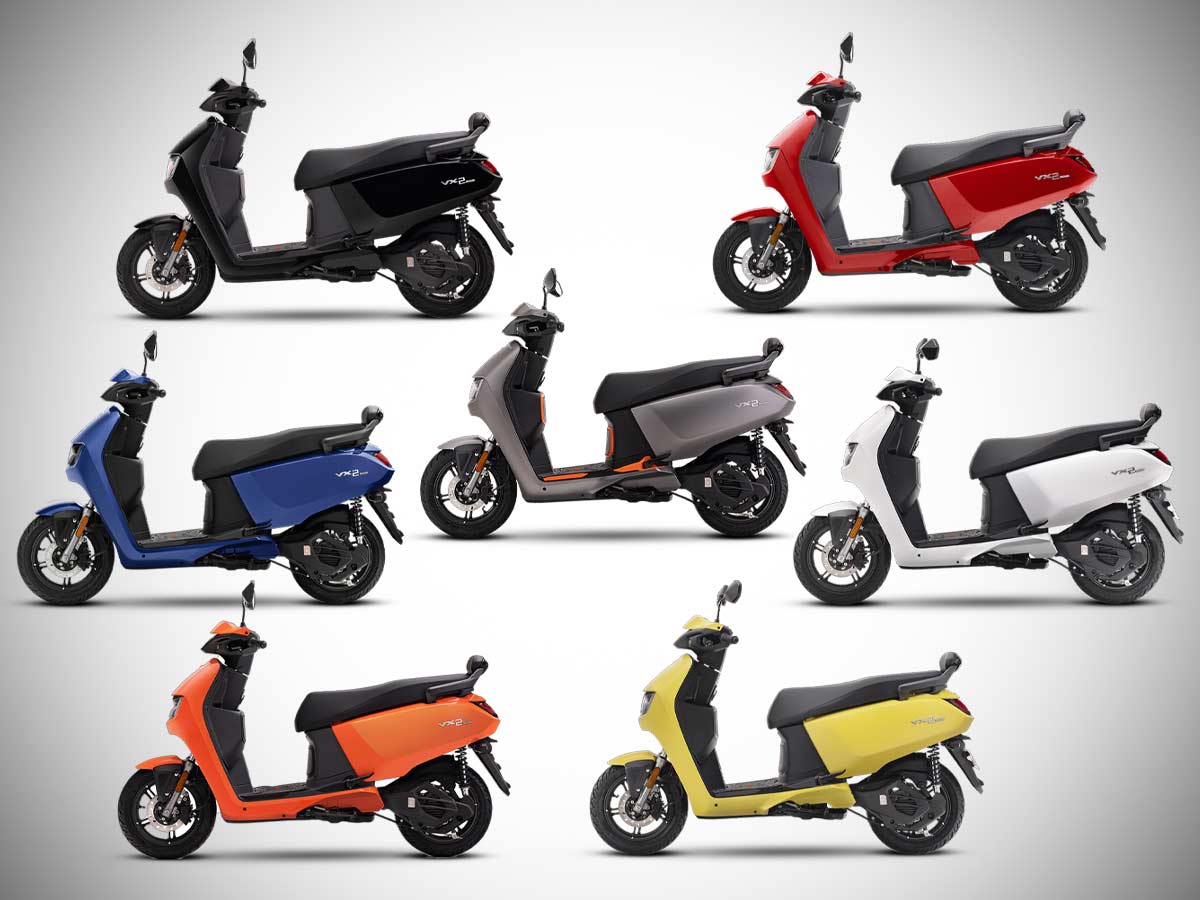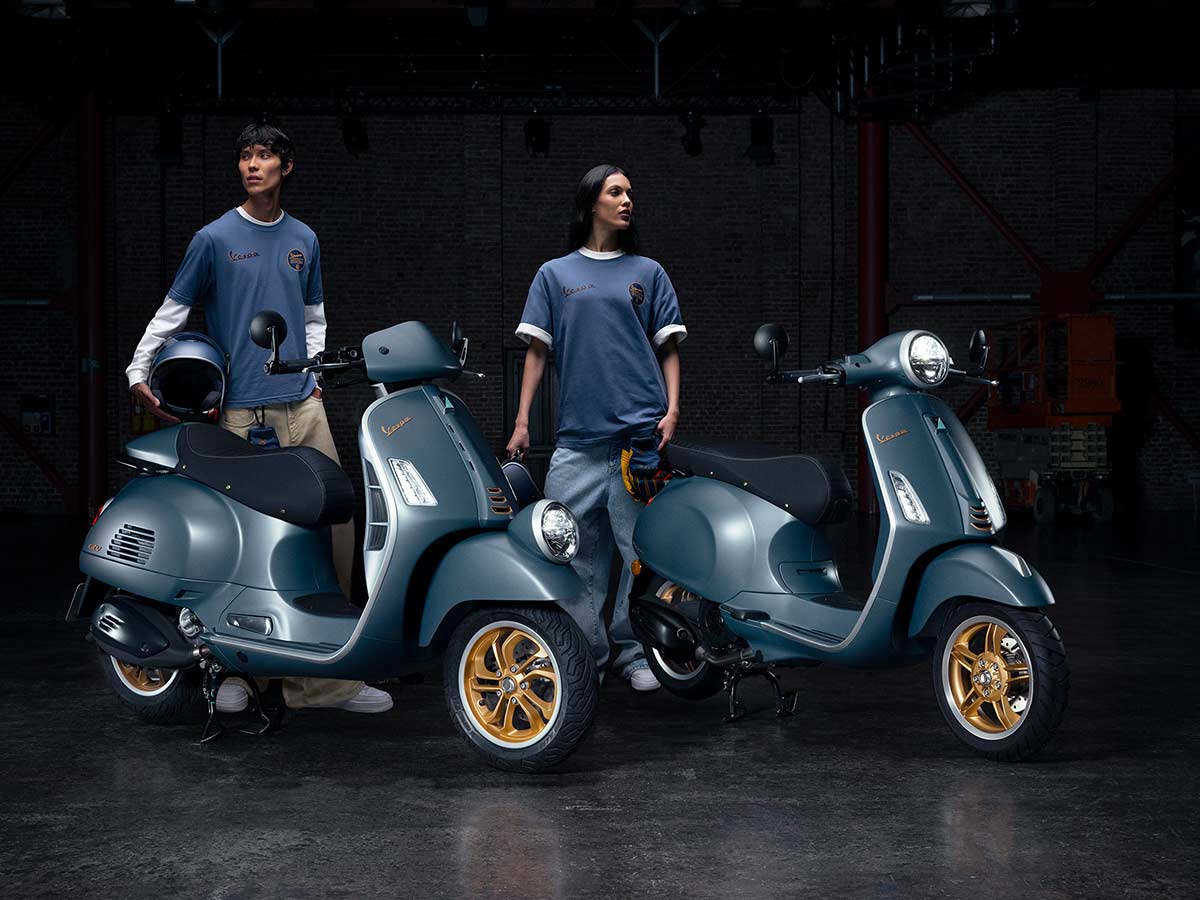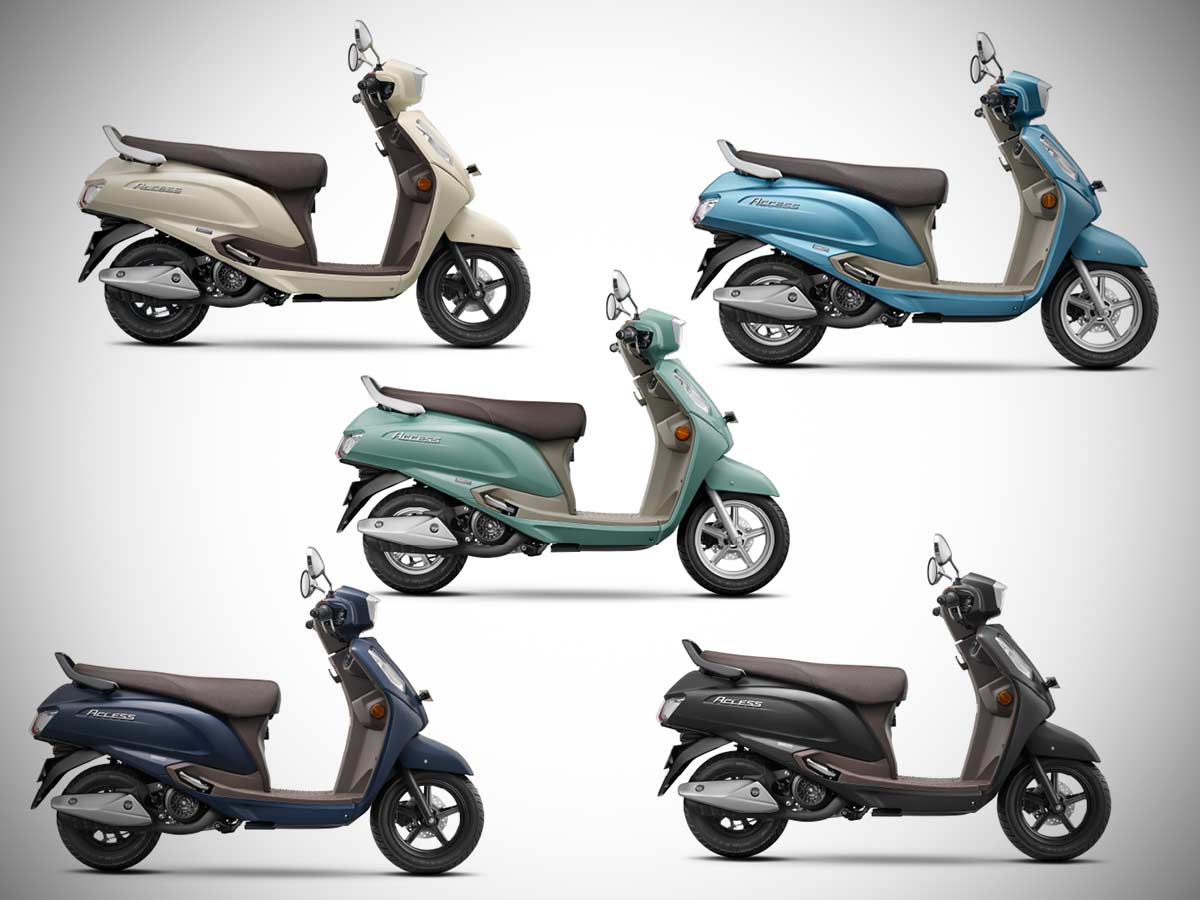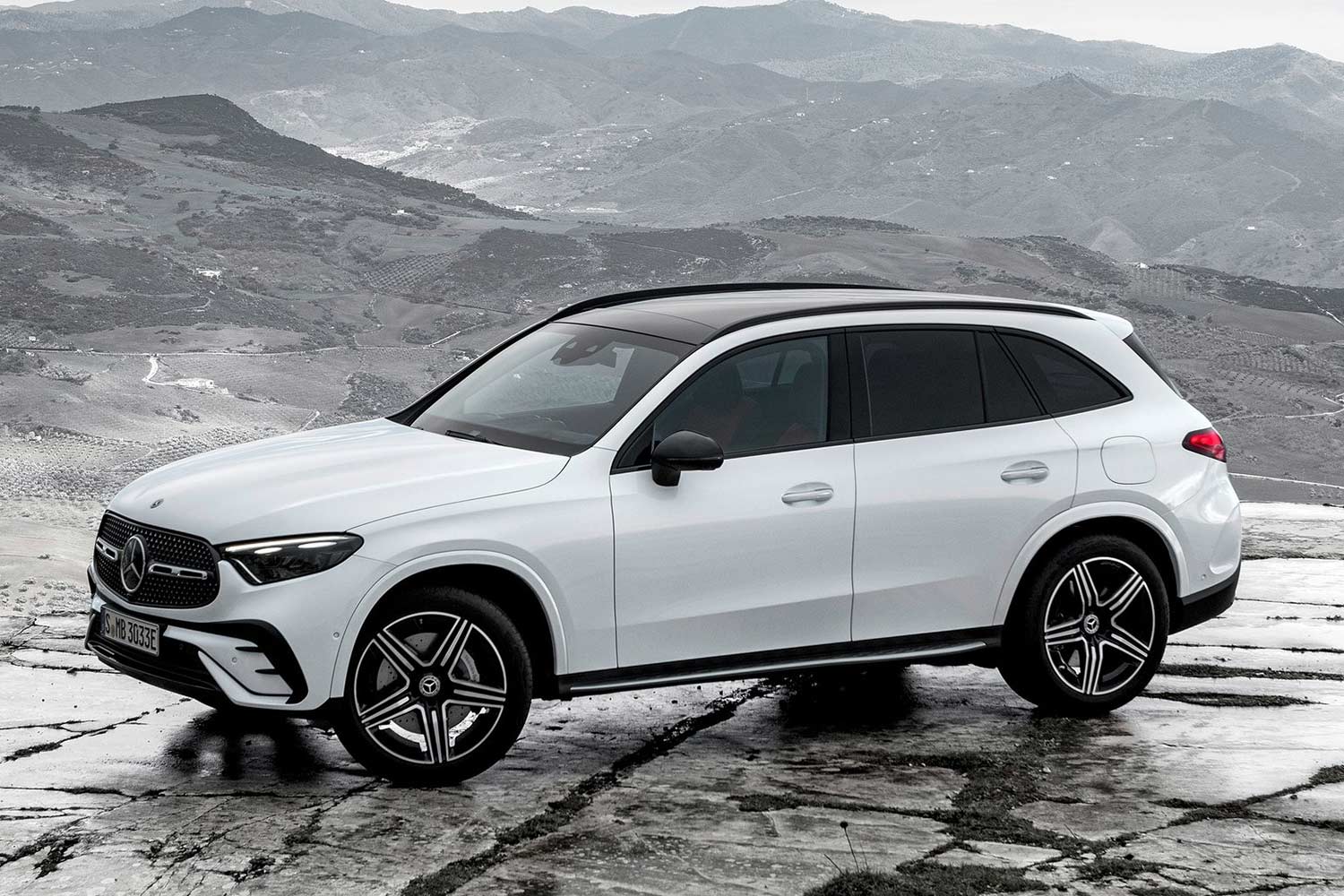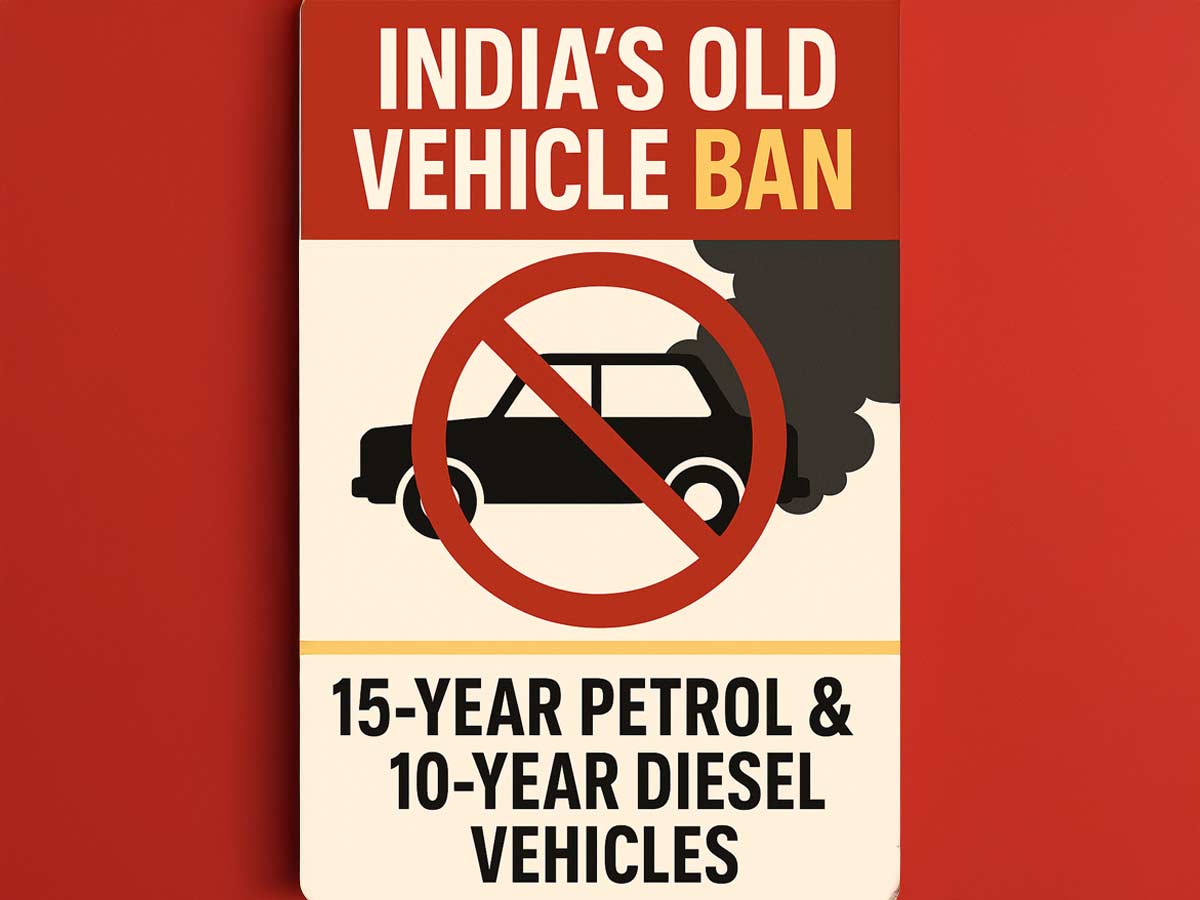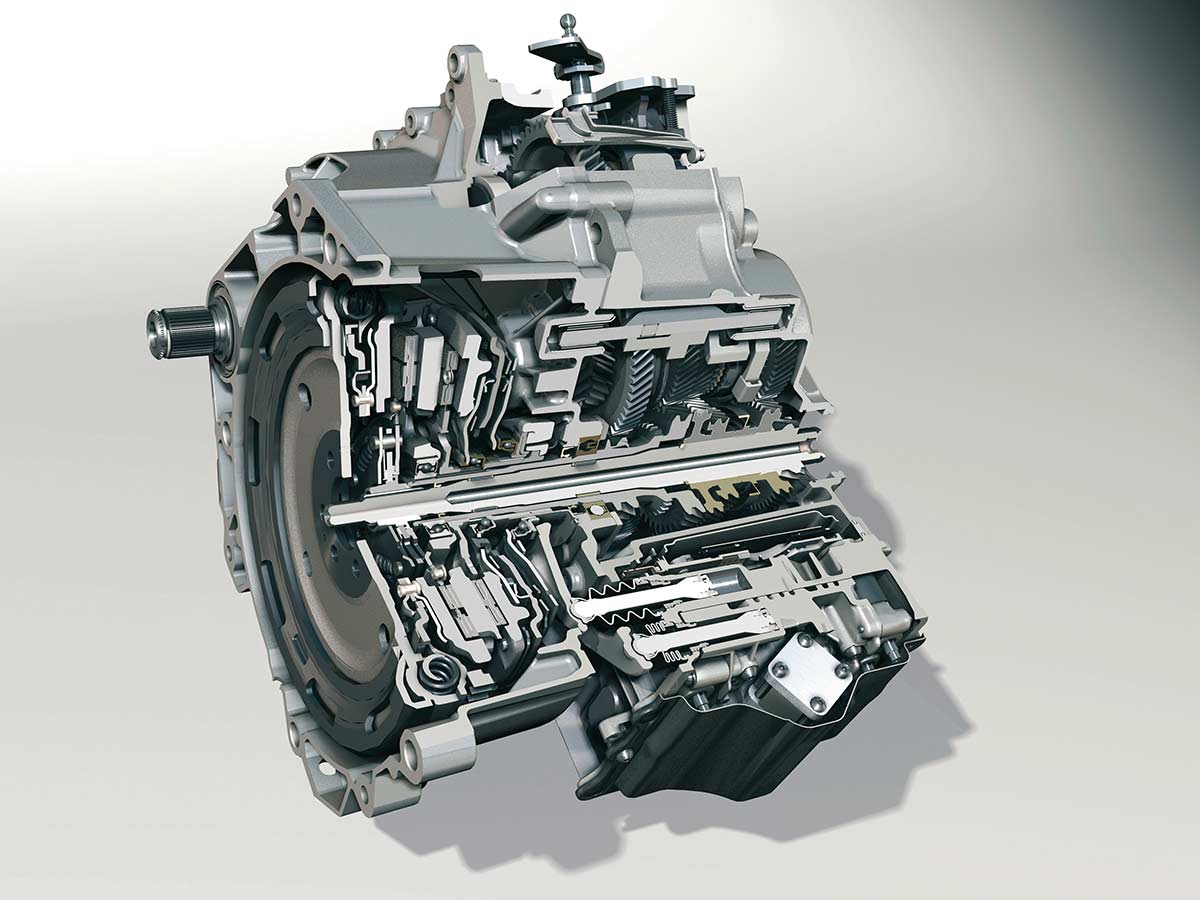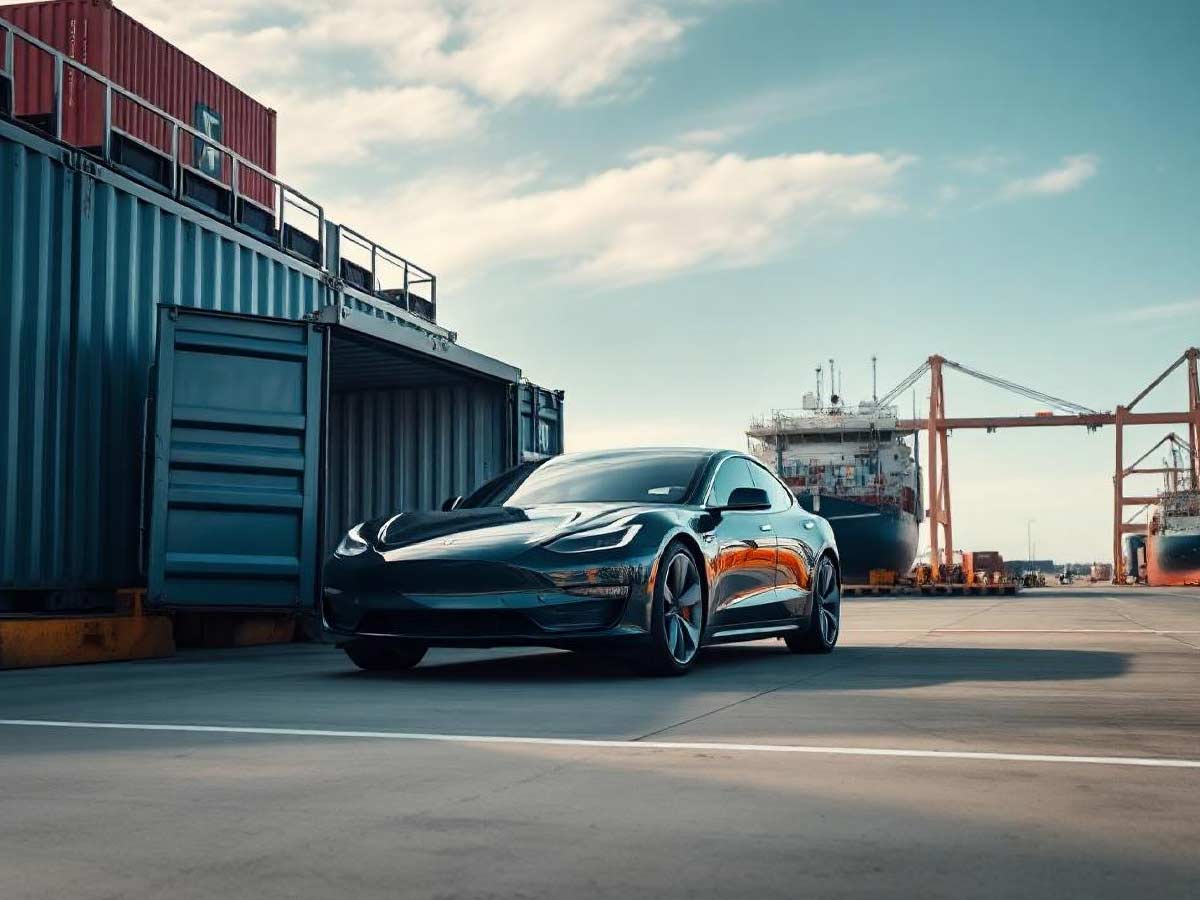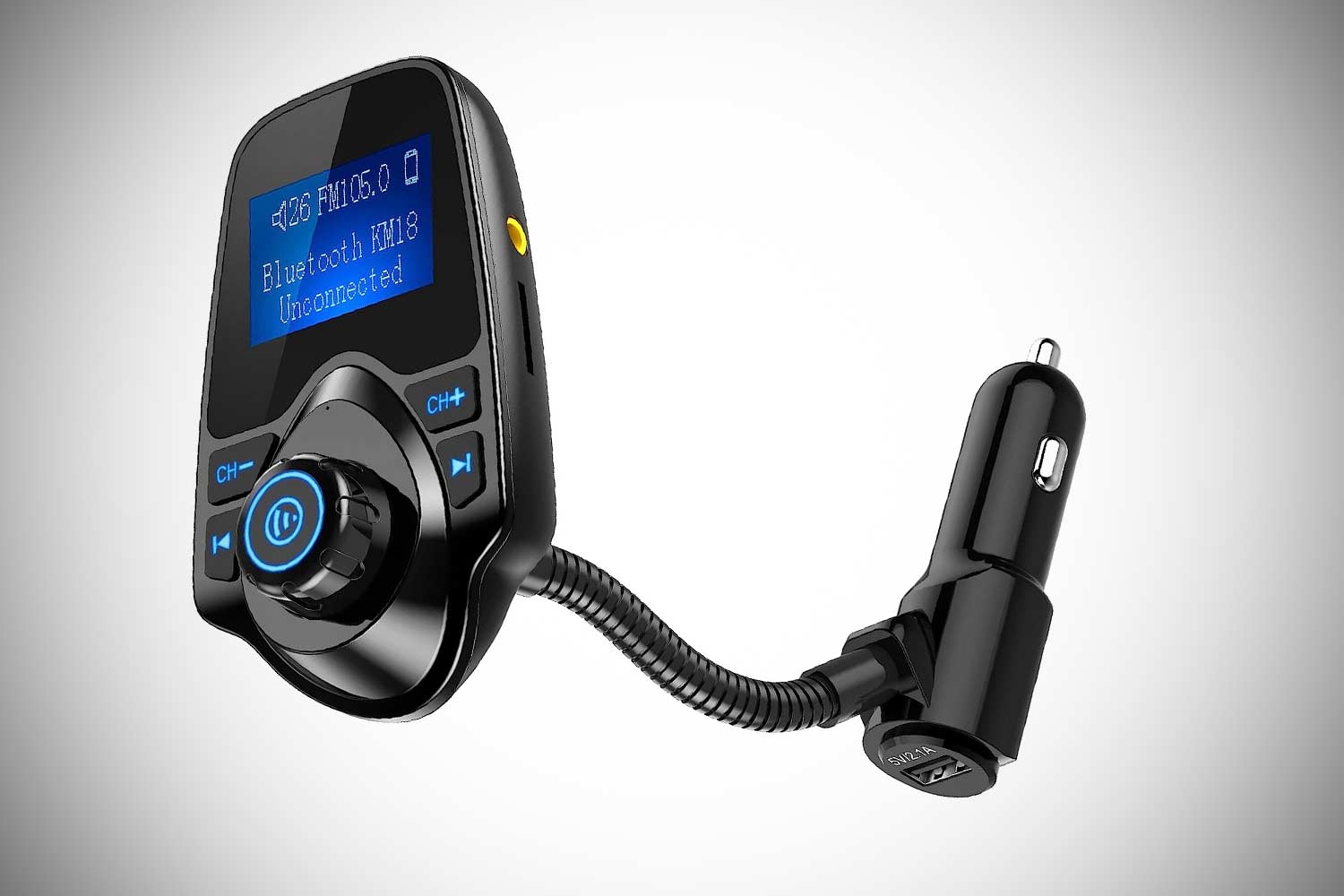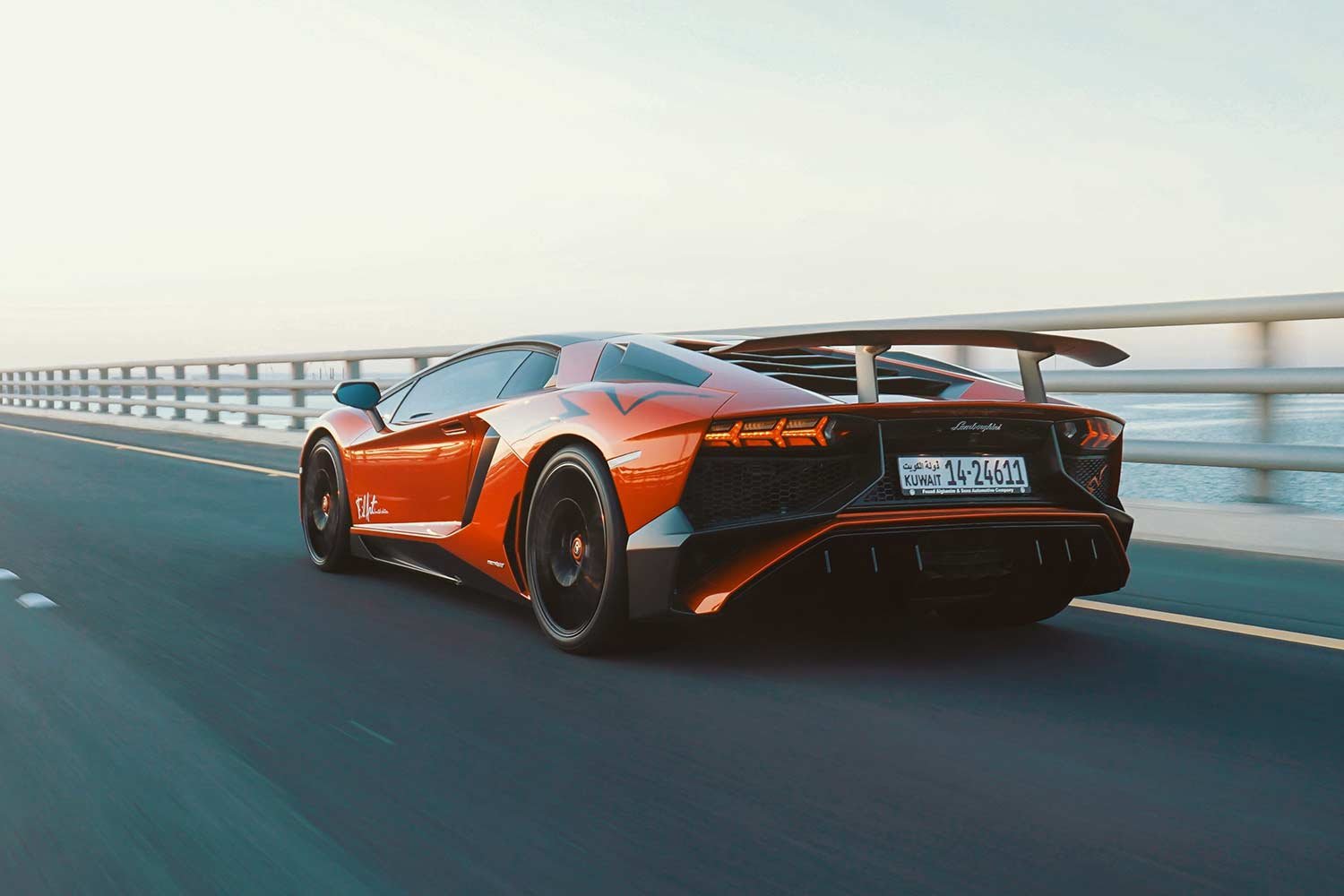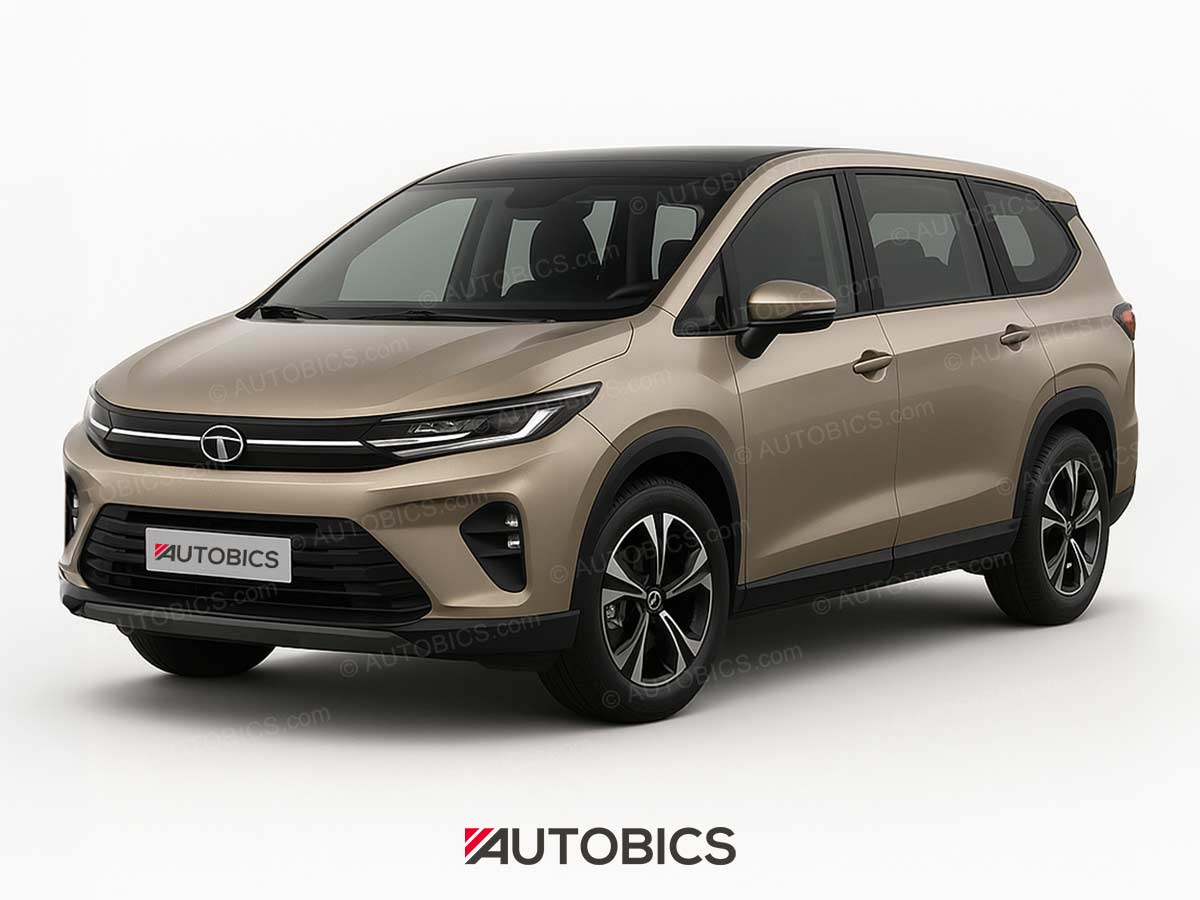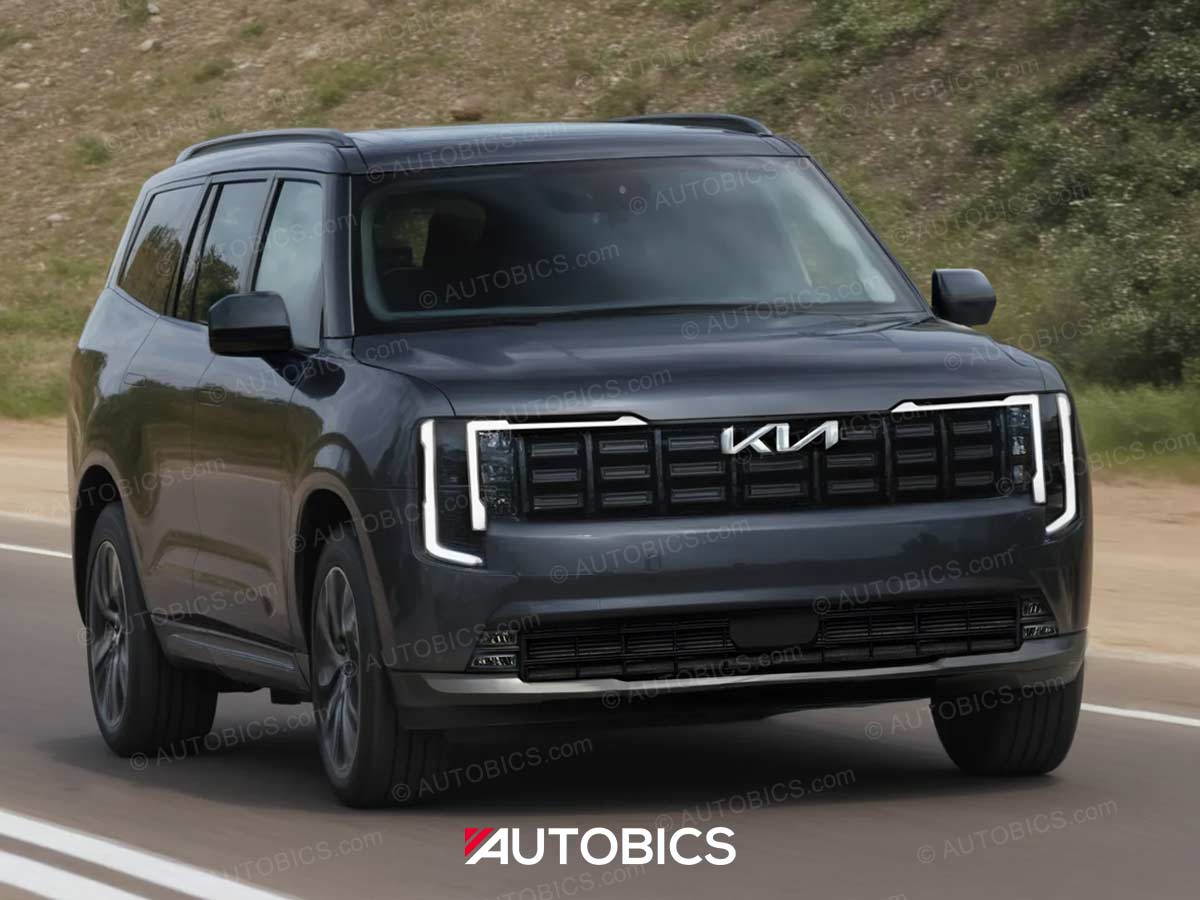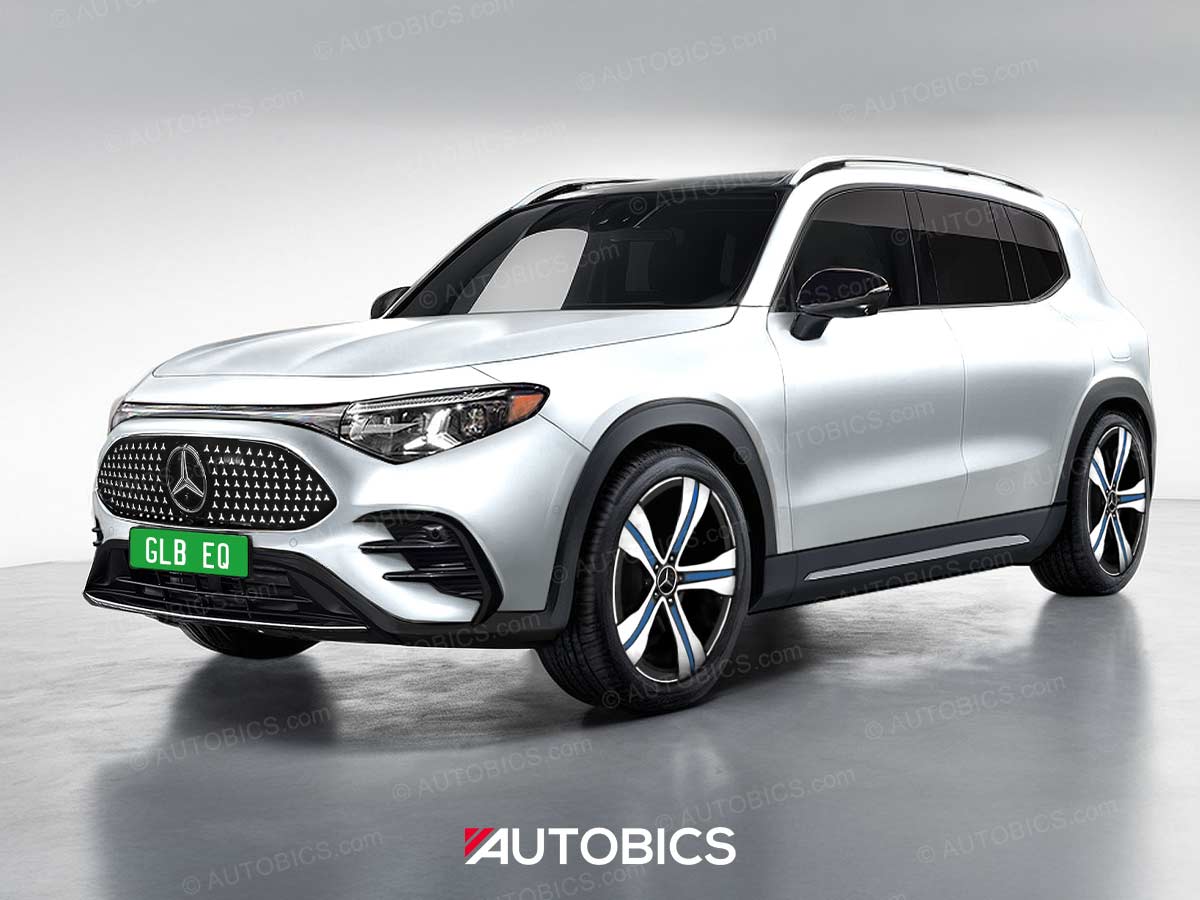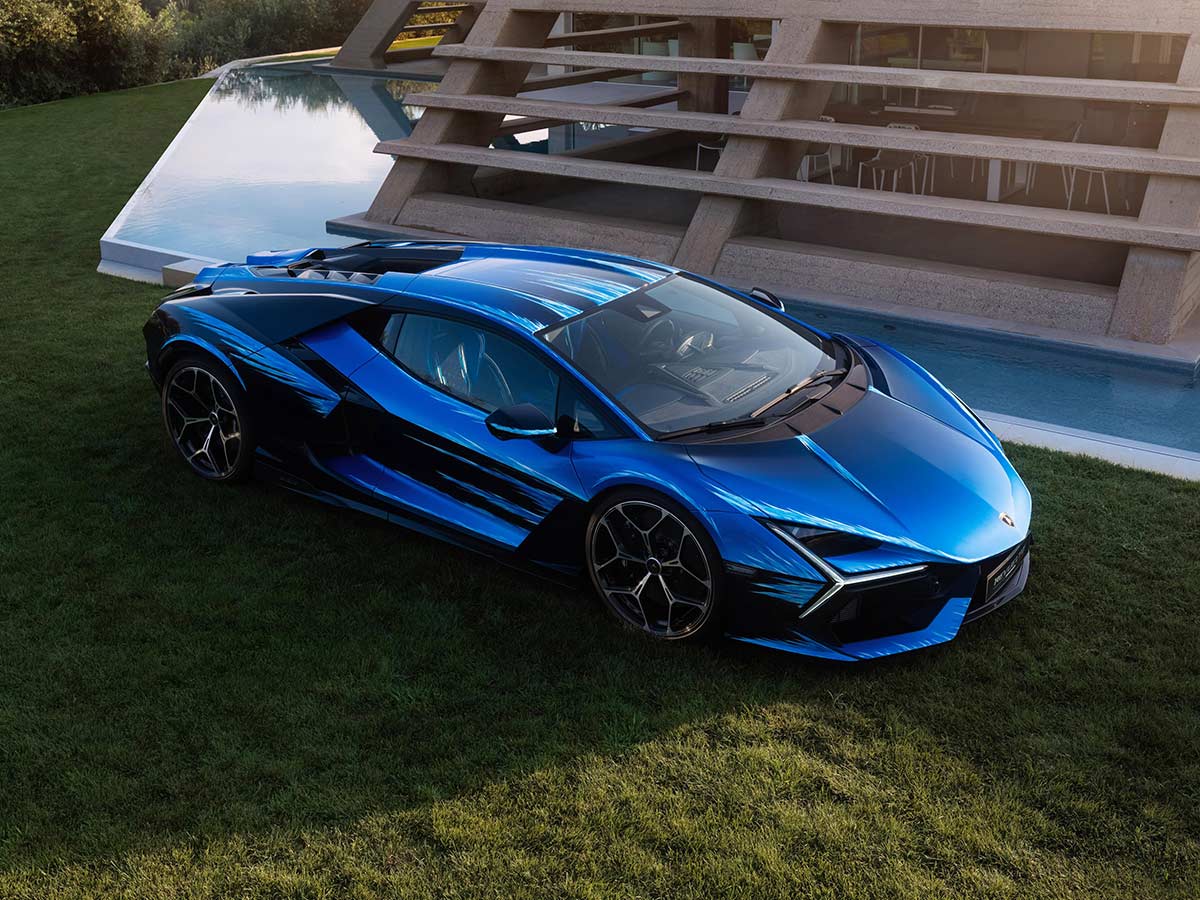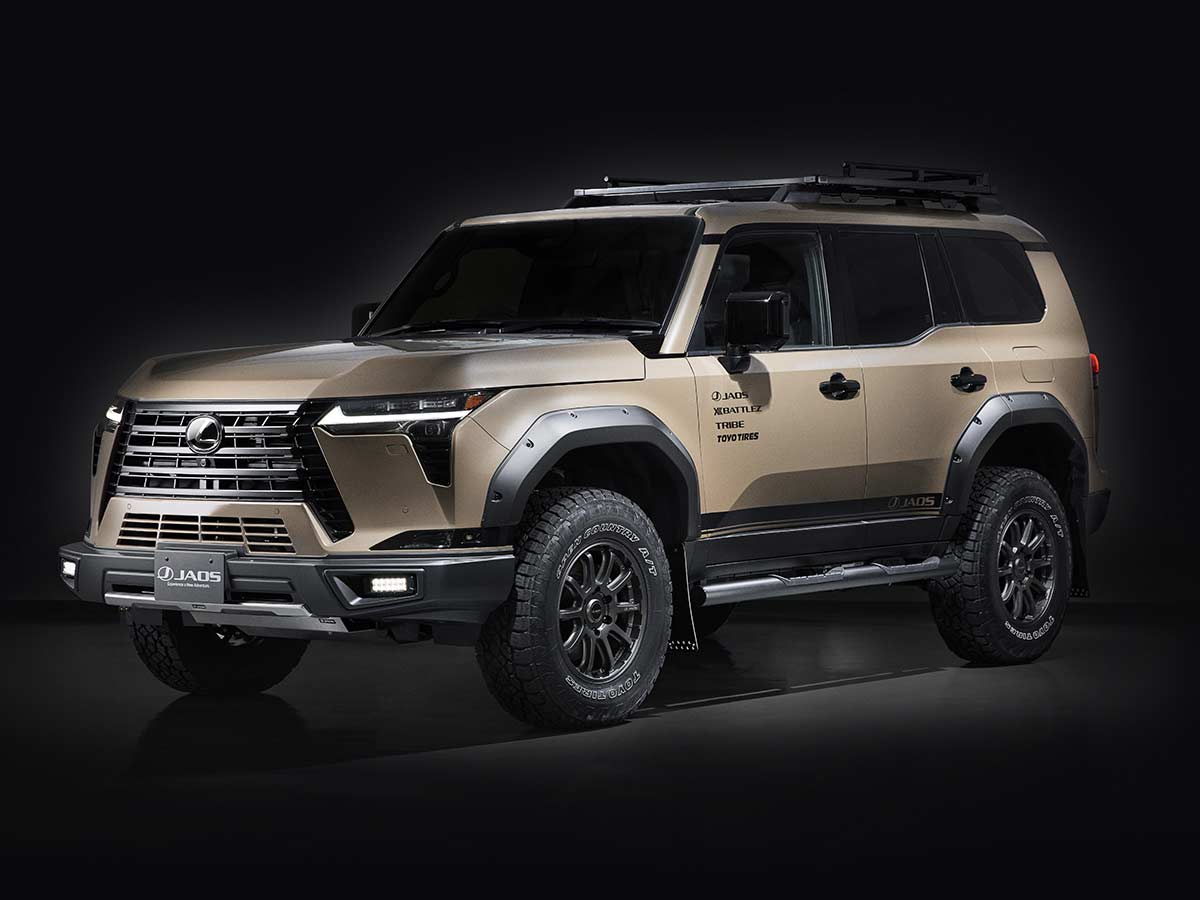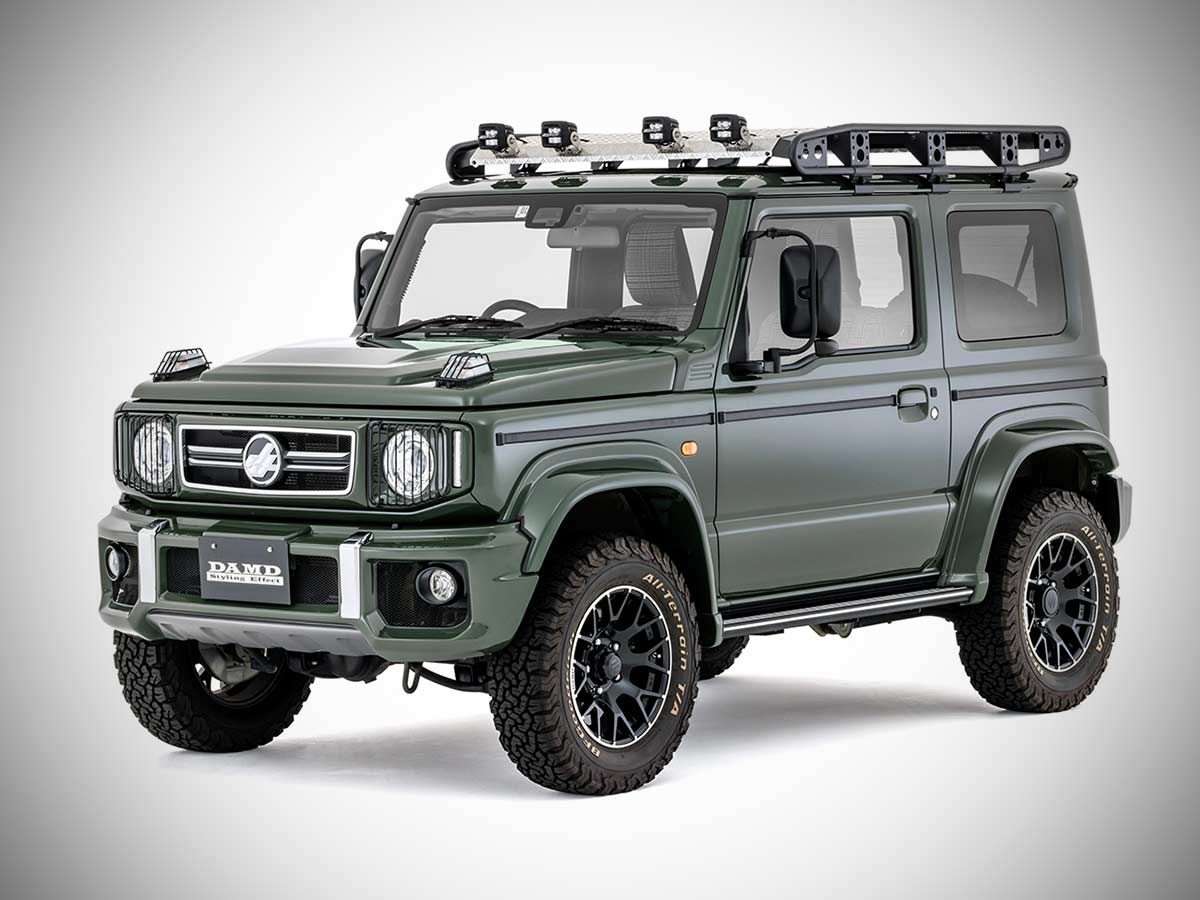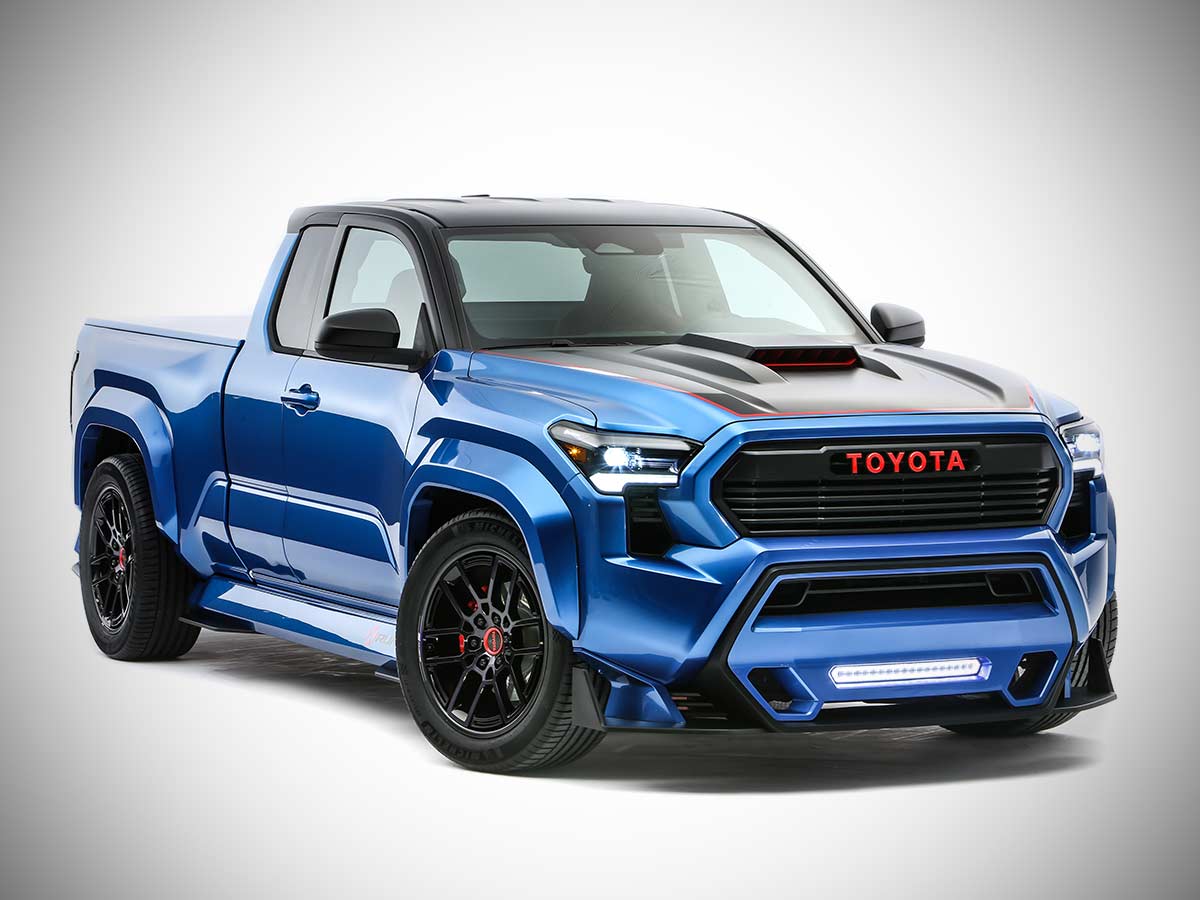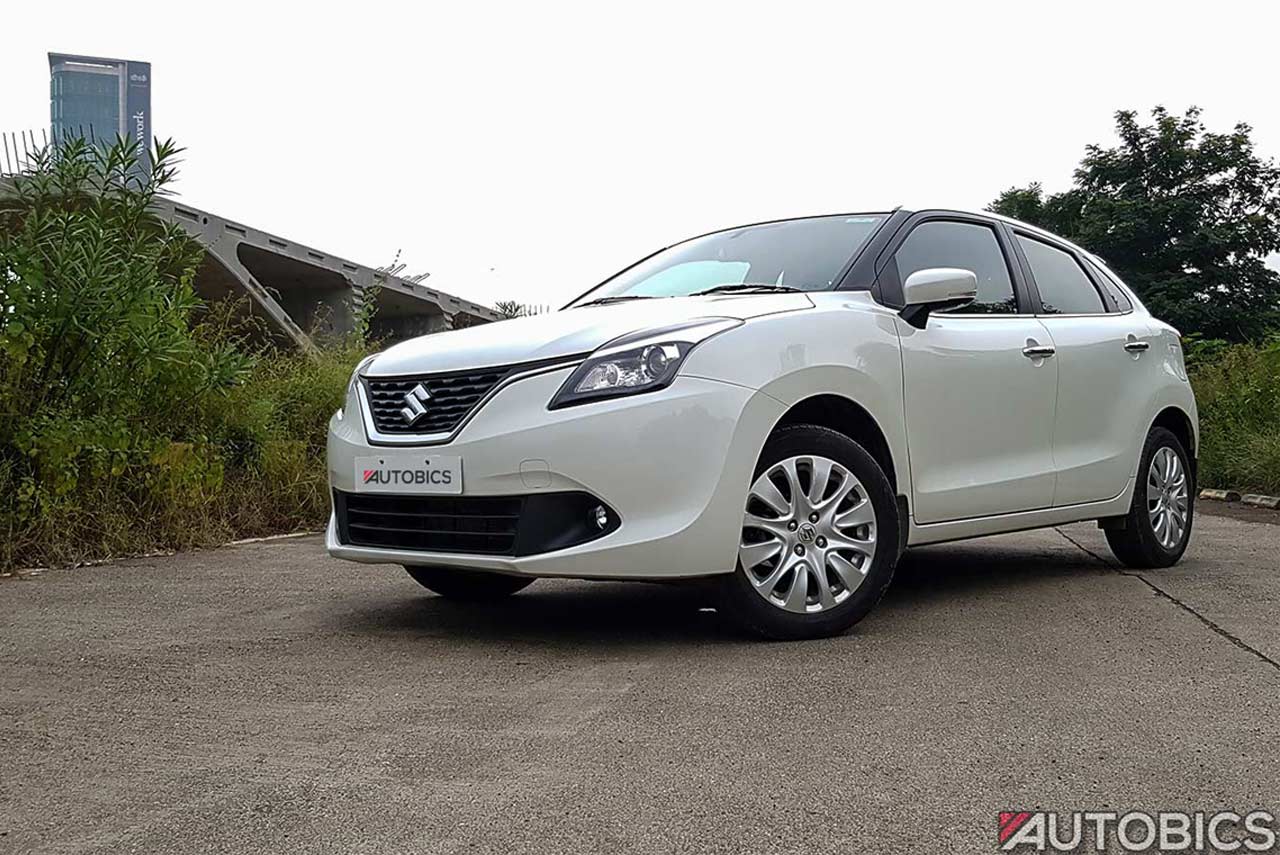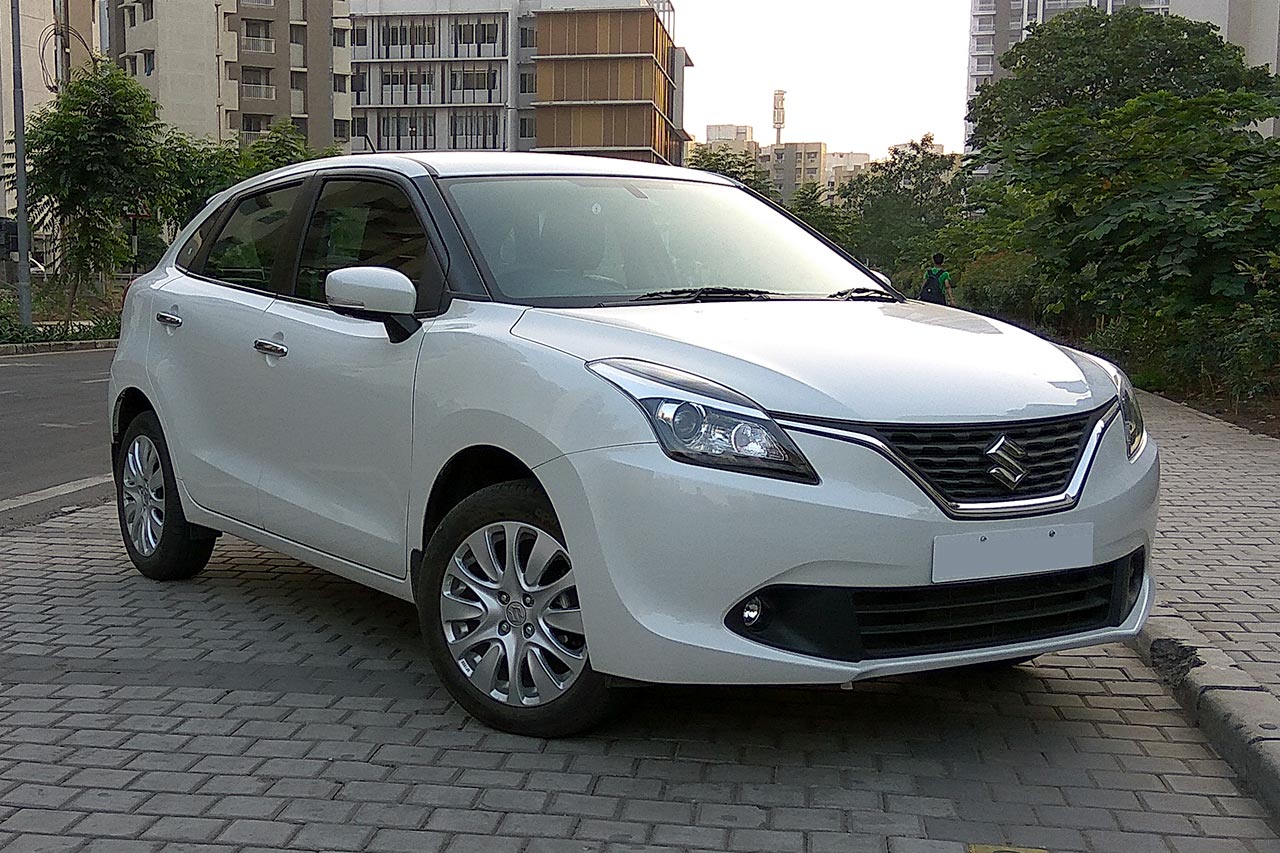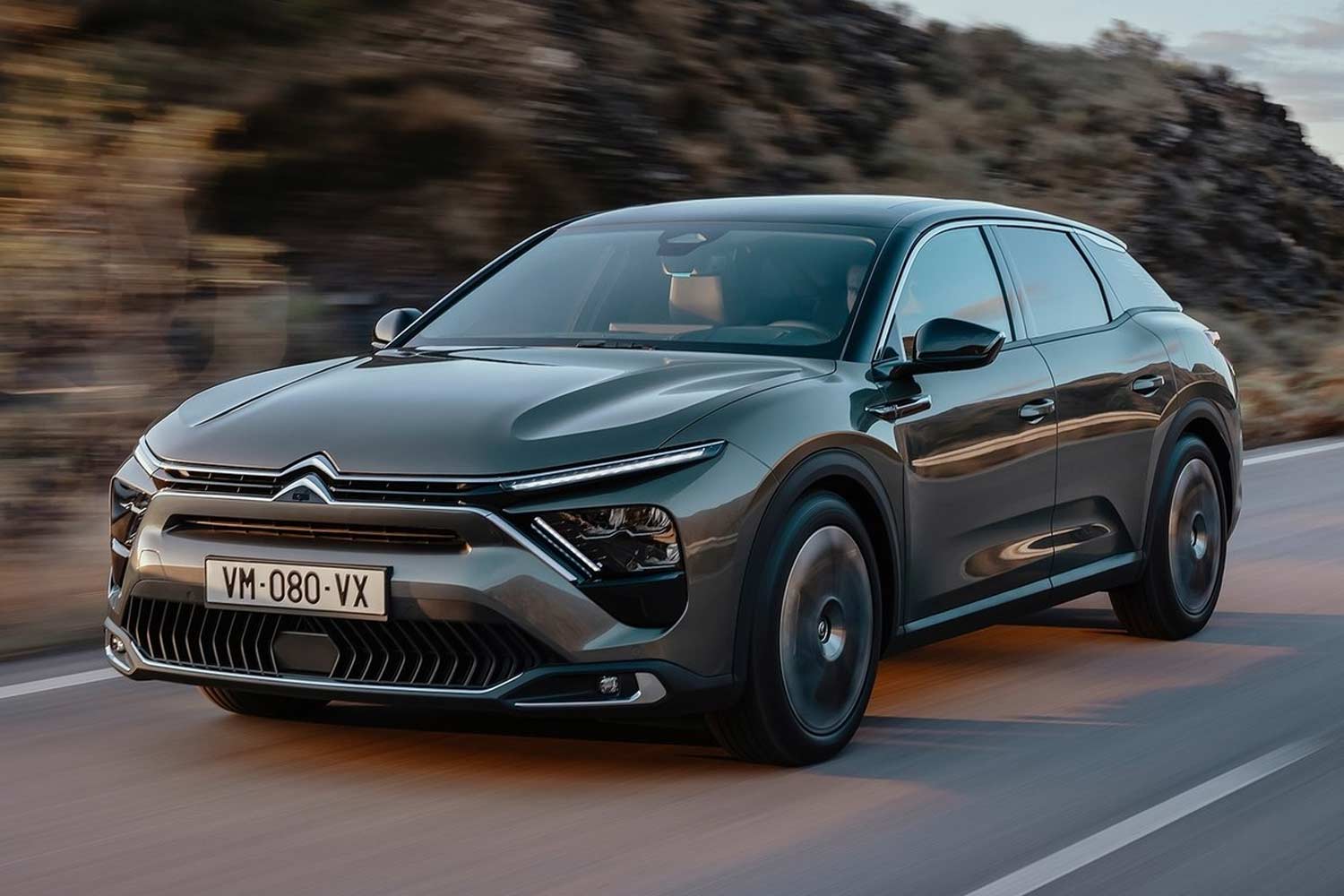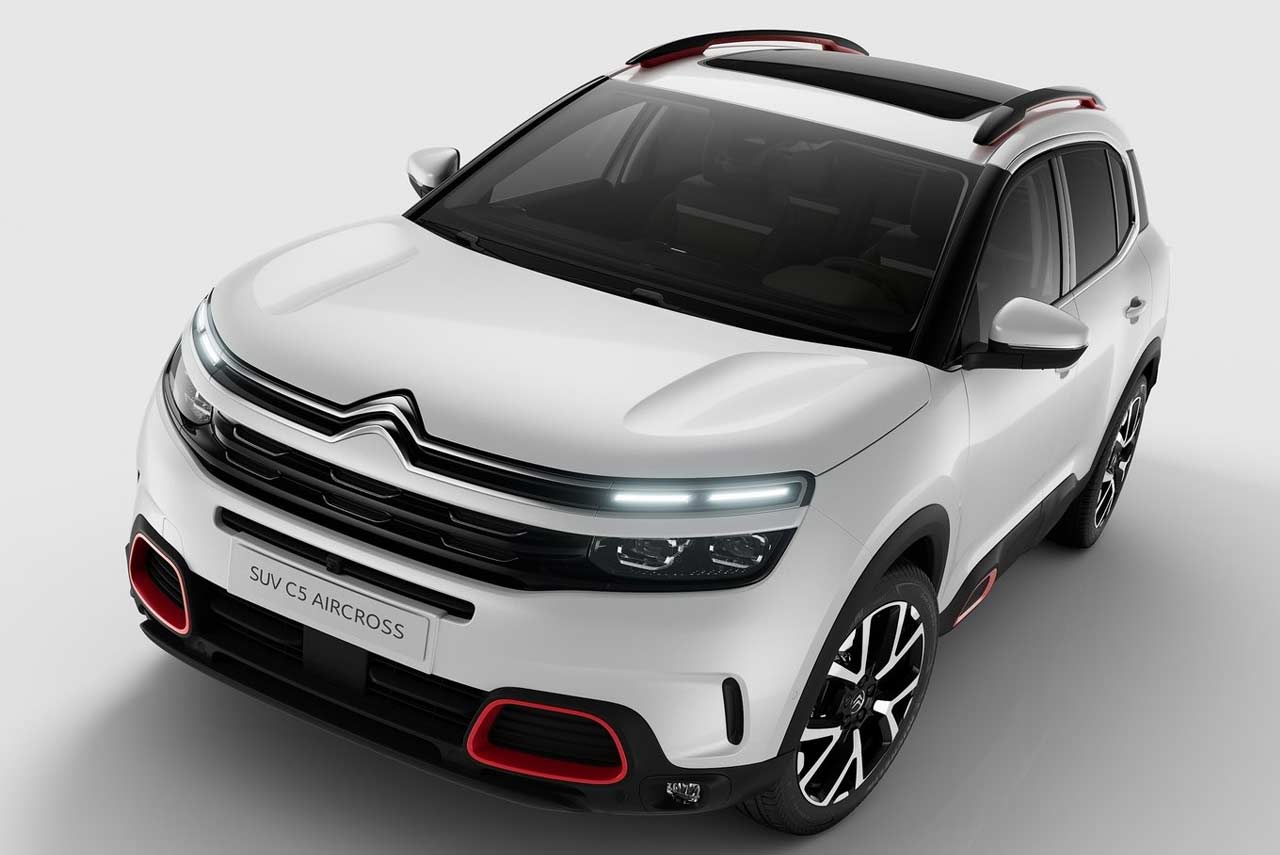For Citroën, predicting the future of affordable mobility is an obsession, and the success of Ami 100% ëlectric has provided the impetus to take ‘unconventional’ to a new level in the conceptual oli [all-ë].
Citroën oli concept is designed to do the same for family mobility that Ami achieved for personal urban mobility. Significantly, oli acts as a precursor to the concepts and innovations that will be available in future Citroën electric models.
Citroën CEO, Vincent Cobée, explains: “We called this project ‘oli’ as a nod to Ami, and because it sums up what the vehicle is all about – further proof that only Citroën can deliver no-nonsense, All-Electric mobility to all kinds of people in unexpected, responsible and rewarding ways.”
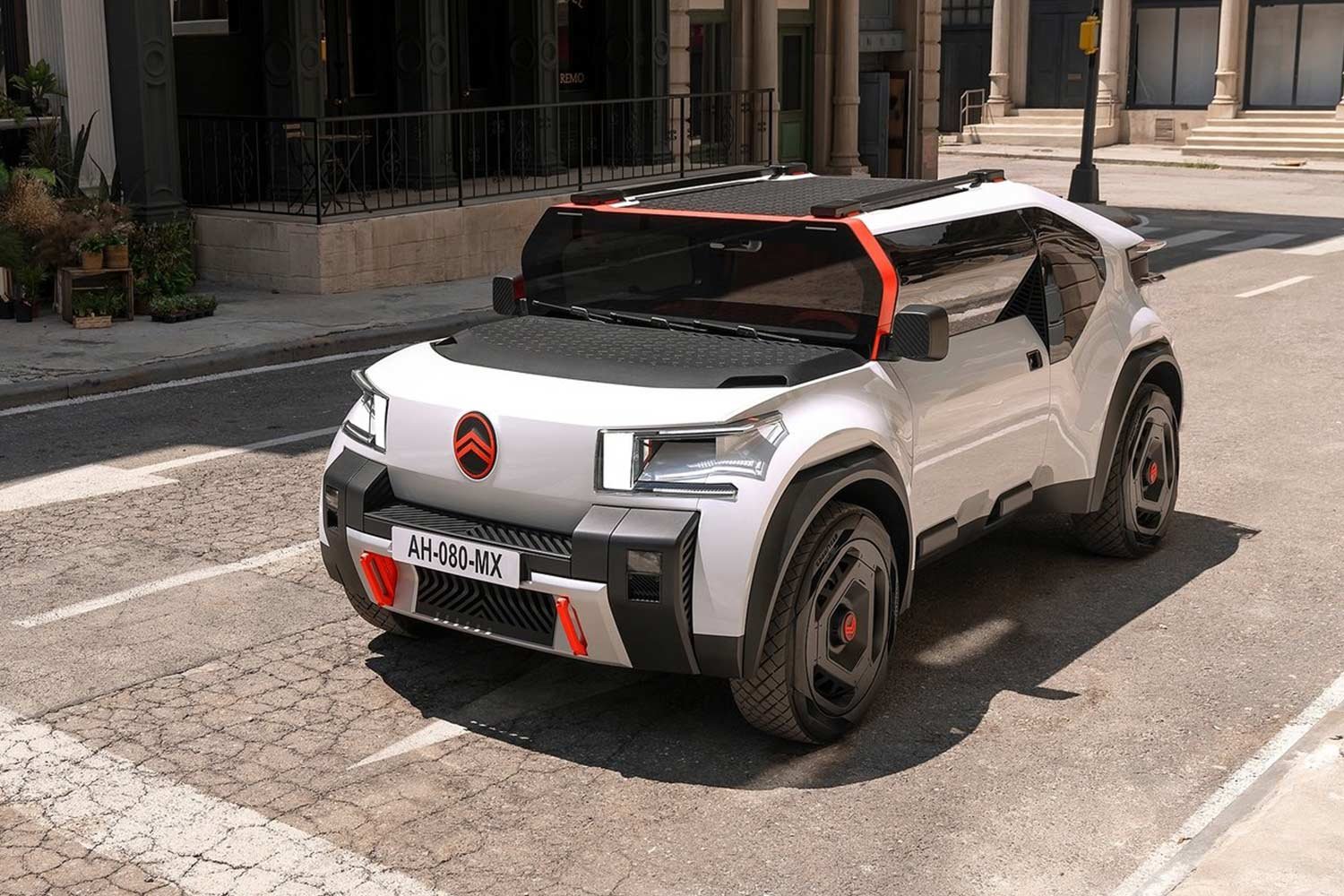



















While Ami was literally a small step in ‘walking the talk’, oli signals an exciting leap forwards. Rather than being a 2,500kg ‘palace on wheels’ filled with screens and gadgets, oli proves that more can be achieved with less, and showcases how inventive use of responsible materials and a sustainable production process can lead to inexpensive yet desirable zero-emission vehicles that meet multiple lifestyles.
Vincent Cobée adds: “Three societal conflicts are happening simultaneously – first is the value of and dependence on mobility, second is economic constraints and resource uncertainty, and third is our growing sense of desire for a responsible and optimistic future. A typical mid-70s family car weighed around 800kg and was 3.7 m long and 1.6m wide. Today’s equivalents have grown to more than 1200kg, at least 4.3 m long and 1.8m wide. Some even weigh more than 2500kg. Legal and safety requirements have driven some of this, but if the trend continues and we carry on parking these vehicles 95% of each day and driving 80% of journeys with a single occupant, the conflict between the need to protect our planet and the future promise of sustainable, electrified mobility will not easily be resolved. Citroën believes electrification should not mean extortion, and being eco-conscious should not be punitive by restricting our mobility or making vehicles less rewarding to live with. We need to reverse the trends by making them lighter and less expensive and find inventive ways to maximise usage.”
AMBITION
Citroën believes the time is right to say ‘enough’ to the trend for excess and expense and to focus instead on creating pure, honest vehicles that are lighter, less complicated and truly affordable, as well as inventive and joyful.
With oli, Citroën is showing how it will raise the stakes for future family mobility by re-thinking every detail to reduce resources and materials without compromising on quality or versatility.
BEST LIFE CYCLE ASSESSMENT
Citroën oli is a conceptual multi-activity family vehicle with sustainability at its heart and demonstrates how ‘best-in-class’ Life-Cycle-Assessment (LCA) can be achieved, from conception with restrained, optimal use of lightweight and recycled materials, to sustainable production processes, and from durability for an extended ‘life in service’ to responsible end-of-life recyclability.
Thoughtful details are found throughout. The seats, for example, are simply constructed and use 80% less parts than a traditional seat. They are made of recycled materials and clever ‘mesh’ backrest designs enhance the natural light inside the vehicle. They can also be easily upgraded or personalised to suit the taste of individual owners.
Laurence Hansen, Head of Citroën Product Development, explains: “Ultimately, it’s a lifestyle choice more than a vehicle choice. You can choose to pay for all the latest features and artificial intelligence which you only use 2% of the time when driving, or you can ask yourself ‘what is the responsible thing to do and how much of this do I really need?’ oli is a way to say enough, that ‘I do want something innovative, but I want it straightforward, affordable, responsible and long lasting’. oli is all of that.”
LIGHTER, FURTHER, LONGER
Through the use of lightweight materials, oli can extend the range of the 40kWh battery on board to up to 248 miles between charges. Citroën has also limited the top speed of the oli to 68mph to maximise efficiency, while rapid charging capability ensures a charge from 20% to 80% takes just 23 minutes.
LASTING PARTNERSHIP
Citroën oli has been designed to maximise longevity and durability. This has prompted Citroën to re-evaluate every service and experience it provides to electric vehicle owners throughout their participation with the brand, particularly in the face of rising costs and the challenges of mobility.
Consequently, Citroën is revealing a comprehensive new programme of all-encompassing ‘CITROËN CITIZEN’ services and experiences inspired by oli. The intent is to enhance the feeling of ‘zen’ that owners of electric Citroëns will enjoy when they adopt the vehicles into their lives and families.
INGENUITY
Citroën oli is effectively a life partner – a useful everyday entity that helps people live life to the full, even when it’s not on the move. Citroën enjoys a legacy of inventing consumer lifestyles that went with its vehicles, and as a new generation of customers is being even more creative in living with the unorthodox Ami, the optimistic spirit of oli can potentially do the same.
ELECTRIC LIFESTYLE ENABLER
By supporting smart ‘Vehicle to Grid’ (V2G) capability, the potential exists for a vehicle like oli to make money for its owner by storing excess energy from home solar panels, and selling this back to energy suppliers, as well as helping to manage power issues when there is peak demand or a power outage in the grid.
Citroën oli also shows how a vehicle can perform as a home away from home for summer trips to the beach or a camping weekend in the hills, thanks to its ‘Vehicle to Load’ (V2L) capability. Considering its 40kWh battery and a power socket output of 3.6kW (the equivalent of a 230v 16amp domestic socket), oli can theoretically provide power to a 3,000 w electric device for around 12 hours.
DESIGN AESTHETICS DRIVEN BY FUNCTIONALITY
Striking and clearly making a statement, oli’s unconventional stance and silhouette exude personality, productivity and positivity in a footprint similar to a compact SUV at 4.20m long, 1.65m high and 1.90m wide.
It defies traditional labelling. oli can be whatever it needs to be – family limo, urban explorer, adventure vehicle, workmate, or even an extension to the family home thanks to its ability to power everyday appliances.
Citroën’s Head of Design, Pierre Leclercq, believes oli embraces purity and geniality for families who don’t care for automotive status and stereotypes. Leclercq explains: “There’s a purity that Citroën has always been about that other brands don’t have, and it is much more challenging to design an object that is pure but unique than it is to create something overcomplicated and make it unique. Think of iconic vehicles like Ami or 2CV – silhouettes that are instantly recognisable as Citroën and which, because of their pragmatism, may live longer as well.”
In oli, the aesthetic approach has been deliberately exaggerated to reinforce functionality and versatility. And, like Ami, it is not afraid to show its simple and intuitive approach and distinguishes itself with its playful use of colour highlights, bright trim materials and vivacious patterns that advocate opportunities for personalisation.
The team thought through each element of oli based on the need for multiple functionality, weight and complexity reduction by using fewer or more common parts, and the responsible use of recycled or recyclable materials wherever possible.
VERSATILE PLATFORM
oli’s flat bonnet, roof and rear ‘pick-up bed’ panels, as well as driving the vehicle’s unique silhouette, were chosen to meet the objectives for low weight, high strength and maximum durability.
Made from recycled corrugated cardboard formed into a honeycomb sandwich structure between fibreglass reinforcing panels, they have been co-created with partner BASF. They are coated in Elastoflex Polyurethane resin covered in a protective layer of tough, textured Elastocoat, which is often used on parking decks or loading ramps, and painted with innovative, waterborne BASF R-M Agilis paint.
The panels are very rigid, light and strong – so strong that an adult can stand on them – and weight is reduced by 50 per cent when compared to an equivalent steel roof construction.
Load carrying versatility is not compromised either, as roof rails each side of the roof panel allow owners to attach accessories like bicycle racks and roof boxes for family vacations, while below the bonnet panel are neatly detailed storage areas including compartments for charging cables plus personal and emergency items.
HORIZONTAL MEETS VERTICAL
Making a conscious decision to create flat surfaces because of the resource and material targets allowed the team to experiment with the contrast of vertical and horizontal design elements, for example in the glass and lighting details.
According to Leclercq: “All of the key design elements on oli are perfectly horizontal or vertical, which is something we want to explore. The usual approach would be to go for dynamic lines and other vehicle makers wouldn’t dare to do what we have done – but we are looking for honesty and efficiency in the form language.”
The windscreen is vertical because it’s the shortest distance between top and bottom and uses the smallest amount of glass. As well as reducing weight and complexity, the smaller screen is less expensive to produce or replace.
To aid aerodynamic efficiency, oli features an experimental “Aero Duct” system between the front section of the bonnet and the flat top panel which blows air towards the screen, creating a curtain effect to smooth airflow over the roof.
The eye-catching windscreen frame is finished with a bright ‘infra-red’ wrap – a new signature colour Citroën will use in conjunction with a new brand identity.
The contrast between horizontal and vertical is evident in the rationally thought-through side panels and glass.
The front doors follow the example set by Ami and are identical on each side, though mounted differently. They are lighter, yet still strong, and much easier to make and assemble.
Reducing complexity and simplifying construction saves 20% in weight per door compared to a typical family hatchback. Half the number of components is required, and around 1.7kg per door is saved by the removal of the loudspeaker, soundproofing material and electrical wiring.
The external door panel is simpler to stamp and is designed to maximise interior storage. Gentle curvatures flow up the sides of the vehicle, and into the top of the side glass as it tumbles home to the roof.
Large, horizontal windows are tilted slightly towards the ground to help to reduce the effects of the sun, and manual, easy-to-operate “flip up” pantograph opening sections, similar to those used on Ami, provide fresh air ventilation.
The narrower rear doors are hinged at the rear of the vehicle and use vertical glass to give rear passengers more light and visibility. The change in form between the front and rear doors also gave an opportunity to add a passive air intake providing ventilation for rear seat passengers.
Access to the spacious cabin is wide, uncluttered and unhindered with both side doors open – ideal for when the driver needs to get straggling family members loaded efficiently.
Front and rear lighting modules are, again, uncomplicated but highly distinctive, and also play with the contrast between two horizontal lines and one vertical section. This approach will be evolved further as a distinctive Citroën lighting signature in future production vehicles.
PICK-UP PARTY TRICK
Instead of a conventional boot, oli features an unexpected, inspired exercise in useful product design, and comes with a pick-up bed inside the boot for added practicality. The independent rear seat headrests pop up into the roof, the rear screen glass opens upwards, with the flat 994mm wide removable load bed expanding in length from 679mm to 1050mm.
The tailgate folds down and with the load bed panel removed there is up to 582 mm height between the vehicle floor and the rear glass. With the panel in place, 330 mm height of useful and secure trunk space is available below. The removable bed panel is light and flat, and made from the same recycled cardboard structure as the bonnet and roof panels.
Thoughtful rails each side of the bed allow users to attach hooks or accessories, and additional storage boxes are located on the sidewalls to provide secure undercover stowage.
NEW BUT FAMILIAR LOGO
oli draws on Citroën’s rational engineering legacy to introduce a proud new Citroën identity.
While oli’s form language contrasts horizontal with vertical and rounded with flat to suggest functionality, technical competence and clever industrial design, the new ‘floating’ logo does exactly the same. Prominent chevrons are positioned boldly and horizontally across the badge to signal engineering and technical efficiency and are contrasted with the warm softness of a vertical oval surrounding them to suggest the brand’s unwavering commitment to the well-being of its customers.
The new badge purposefully evokes the company’s original 1919 logo and subtly re-imagines it for future Citroëns. The identity is set to appear progressively on future products, as well as throughout the Citroën corporate and dealership networks.
WHEELS KEEP ON TURNING
Another key area of innovation is wheels and tyres. The ingenious and efficient 20-inch wheel and tyre combination fitted to oli marries a new hybrid wheel prototype design with a conceptual, sustainable and intelligent tyre co-created with Goodyear.
Because full aluminium wheels are expensive and energy-intensive to produce and full steel wheels are heavy, the decision was taken to blend the two. The resulting hybrid wheels are 15 per cent lighter than the equivalent full steel wheel, contributing to an overall vehicle weight reduction of 6kg. There are also design benefits to consider.
Citroën partnered with Goodyear to use the Eagle GO concept tyre, which combines sustainability with longevity and intelligent technology for monitoring the tyre’s condition and health.
The tyre tread compound is made of nearly all sustainable or recycled materials, including sunflower oils and rice husk ash silica, as well as pine tree resins and full natural rubber which replace synthetic, petroleum-based rubber.
Great news for vehicle owners is that Goodyear has set an impressive objective for the Eagle GO concept tyre to achieve up to a 310,000-mile lifespan through the reuse of the sustainable carcass and the fact the 11 mm tread depth can be renewed twice across the lifetime of the tyre. The tyre is also equipped with Goodyear SightLine technology, which includes a sensor that monitors a variety of tyre health parameters constantly throughout its life.
PROTECTION ALL-ROUND
Citroën oli is both protective and protected, thanks to tough exterior plastic sections which demonstrate the same purity when it comes to reducing the number of parts, using responsible materials and reducing weight.
To execute Citroën’s signature design element, partner Plastic Omnium helped create a ‘mono material’ approach to facilitate easy recycling with strong but light side protection and 100% recyclable bumpers made from PolyPropylene containing 50% recycled materials. Each wheel arch is capped with an identical, strong recycled plastic protector with a horizontal top, echoing the contrast theme used for the windows and lighting modules.
Central bumper sections, like those used in Ami, are identical front and rear. Below, triangular infra-red ‘handles’ are, in fact, strong hooks which would help drivers tow another vehicle out of the mud, or pull a large obstacle out of the way.
Even oli’s tough white BASF R-M Agilis® waterborne paint is eco-effective with the lowest level of volatile organic compounds (below 250g/l).
INNER SPACE: THE CHALLENGING FRONTIER
Instead of a full dashboard with multiple screens and hidden computers, oli features a single symmetrical ‘beam’ running across the width of the console and features the steering column, a smartphone dock, and five clearly identified toggle switches for the air conditioning system in the centre.
Notably, oli uses just 34 parts in this space while a comparable compact family hatchback uses around 75 parts in its dashboard and centre console.
The beam houses an electrified rail into which accessories can be plugged via USB sockets that slide along it. Two direct air vents, one each in front of the driver and passenger, allow the use of a smaller air conditioning unit to further aid efficiency and reduce weight.
Sitting behind and below the beam is the “sofa” made of BASF Elastollan – a bright orange, recyclable 3D-printed Thermoplastic Polyurethane (TPU) storage shelf featuring flexible “mushrooms” which keep objects like coffee cups or soda cans in place.
PLUG AND PLAY
In oli, all the infotainment and communication you need is brought into the vehicle on your smartphone, which is docked in the central socket on the beam. Once plugged in, phone information and apps are merged with essential vehicle data like speed and charge level This is made visible via a ‘Smartband’ system, which projects information across the width of the lower windscreen surround.
The same approach is used for in-vehicle audio. Each end of the beam is hollow and cylindrical Bluetooth loudspeakers can be ‘docked’ to provide high-quality sound for listening to podcasts or music on the move. In fact, 250g of weight has been saved by eliminating the usual audio system alone.
Because the speakers are removable, sounds can be enjoyed when parked anywhere and everywhere.
HMI CONTROL
Having looked at several solutions for operating the Human Machine Interface (HMI), the team came up with the unusual idea of using a joystick from a professional modular gamepad, mounted on oli’s neat steering wheel.
The steering column also incorporates a neat rotating shift lever dial for the vehicle’s automatic transmission control, coupled with the “start-stop” button, while smaller stalks operate the vehicle’s lights and indicators.
SPACE-EFFICIENT
Instead of bulky automotive armchairs to block out the light and fill the cabin, oli’s space-efficient front seats use 80% fewer parts than the seats in an equivalent SUV – just 8 rather than 37.
Bright orange front seats are made up of strong tubular frames onto which are mounted a comfortable base cushion covered in textile made from 100% recycled polyester which is 100% recyclable.
Innovative 3D-printed mesh backrests feature an integrated headrest and are inspired by modern office furniture. They are slim but highly supportive, comfortable and rigid exactly where they need to be.
Co-created with BASF, they are made from lightweight, 100% recyclable Thermoplastic Polyurethane (TPU) and the material has been covered with an orange coating to ensure they look and feel inviting. The mesh backrests amplify the feeling of space and light inside the vehicle – key contributors to occupant comfort and well-being.
Rear seat passengers can use the backrest’s exposed tubular frame to mount accessories – for example, a small tablet device powered via a USB socket, hooks for hanging a tote bag, a cupholder frame, a magazine net like in an airliner, or a small tray for the kids to enjoy a snack on the move.
In keeping with Citroën’s commitment to comfort, front seats attach to the floor through flexible, recyclable TPU isolation rings that absorb road imperfections and vibrations and echo Citroën’s acclaimed “Progressive Hydraulic Cushions”.
Equally comfortable individual rear seats are made from similar materials and the backrests fold flat to extend the rear load bay floor. Roof-mounted circular TPU headrests float above each backrest and fold up into the roof when required.
On each side of the vehicle below the rear seats, and accessible when rear doors are open, is a discreet storage compartment for a first aid kit. A storage console sits neatly in the space between the individual rear seats. Like the ‘sofa’, this orange, recyclable soft 3D-printed TPU component features flexible “mushrooms” to hold items in place. Notably, all interior BASF TPU parts can be recycled together, which is a further step towards sustainable mono-materiality as an element of the Life Cycle Assessment.
Instead of heavy inner door panels containing switches, armrests, speakers and window motors, oli’s simplified panels maximise storage while providing the infrastructure for comfort and easy opening and closing.
A large, open storage net is inserted between the inner and outer panels of the front doors, and an orange armrest pad covered in 100% recycled and recyclable polyester textile is affixed directly to a horizontal line on the panel. Opening the front doors is easy, thanks to a recyclable pull toggle presented through the panel, and directly connected to the mechanism. Screws and fixings used in the doors and seats are interchangeable which further reduces complexity.
Instead of hard-to-clean carpets, oli features a single-piece, modular floor covering made in partnership with BASF from Expanded Thermoplastic Polyurethane (E-TPU). The foam is as elastic as rubber but lighter, extremely resilient and highly resistant to abrasion. It can be replaced altogether if an owner prefers a new colour.
CIRCLE OF LIFE
A key element of the oli story is how it has been conceived with longevity to create its own circular economy. It shows how a vehicle can be easily and affordably reinvented for several subsequent lives with new owners using refurbished parts, new décors or colours, and even upgraded parts over time.
The overall cost of ownership will be low, but if there is a need to replace a door, headlamp or bumper, recycled parts could be sourced responsibly via Citroën from other oli vehicles that are no longer serviceable.
Logically, if it costs more to refurbish a vehicle than to buy a new one, vehicles won’t be refurbished. oli changes this – it is more environmentally and economically positive to refurbish than replace over several lifecycles. When no longer economical to refurbish, Citroën would turn each oli into a recycled parts donor for others requiring parts or send other parts for general recycling.
MISSION
With oli, Citroën is on a mission to convey serious messages about the future of affordable, sustainable and enjoyable family mobility along with the future of the brand itself.
Pierre Leclercq, Head of Design, Citroën, explains: “We took a risk with Ami, and we are taking a risk with oli because we need to push creativity for production. There’s no sense in proposing cool materials or designs that will never influence future production vehicles. That’s why the inclusion of the new logo on oli is significant because just as you will see elements of its design and technology in future models, the new interpretation of Citroën’s badge will be our welcoming new standard.”
Vincent Cobée, Citroën CEO, concludes: “Citroën oli exemplifies our mobility mission: responsible, straightforward and affordable for your daily life while still aspirational, desirable and enjoyable. It is our guiding light for the solution you’ll want to have as the only vehicle your family needs ten years from now.”
